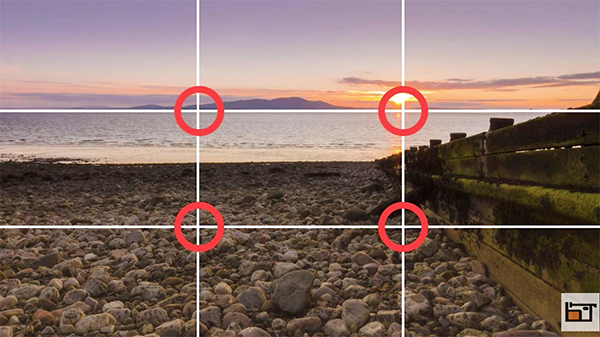5 Common Beginner Photography Mistakes That Are Holding You Back (VIDEO)
Most beginning photographers are enthusiastic about their new creative pursuit, but sheer passion alone is not enough to get the job done. That’s because practice, a firm understanding of the fundamentals, and appropriate gear are essential if one is to develop their skills.
Today’s tutorial comes from Behind the Tripod, an instructional YouTube channel designed to help novices shorten their learning curve. This episode does exactly that by revealing five of the most common beginner mistakes and explaining how to fix them. So if you’re just getting started and your photos aren’t hitting the mark, this seven-minute lesson is just what you need.
Instructor Steve Mills notes that “beginners tend to make the same mistakes over and over again.” And while errors are expected when pursuing a new passion, your goal should be to not make the same mistake twice. In fact, new mistakes are nothing to be ashamed of and often provide important insights for doing things better the next time around.

At the top of Mill’s list is a failure to understand how to arrive at proper exposures. He quickly covers the basics by explaining how the Exposure Triangle works to get the light right under various conditions with a synergy between shutter speed, aperture and ISO. Once you understand how these key variables interact it becomes easy to nail exposure no matter the situation you confront.
You’ll learn how to confirm exposure in the middle of a hectic shoot, why your camera’s histogram is an invaluable aid, and other camera settings that contribute to the process. Another critical faux pas is ignoring the importance of skillful composition. In short, a beautiful scene doesn’t guarantee beautiful photographs unless you know how to frame a shot for maximum impact. Here too, Mills has some straightforward and very effective tips.
Mistake #3 is choosing the wrong lens for the task at hand by overlooking how different focal lengths can make or break a shot. This doesn’t mean always reaching for a wide-angle lens when photographing landscapes or choosing a long telephoto for wildlife photography. Rather, the point is to determine the specific story you want to tell, and then choosing a lens with that goal in mind.

Fourth on the list is an unfamiliarity with the various camera modes available. As Mills puts it, Auto mode is a safe place to be for new photographers because the camera does all the work. “But learning how to shoot in Aperture and Shutter-Priority modes is a real game changer that will open up a whole new world of creative possibilities.”
Mills’ fifth beginner mistakes is for those of you who don’t understand post-processing tools or are unwilling to make the effort. The notion of “getting it right in the camera” is a nice objective to strive for, but that’s not always possible—for the same reasons iconic film photographers regularly turned to the darkroom to perfect their masterpieces.
If you’re looking for more beginner lessons, Mills’ instructional YouTube channel is a great source. Likewise, we encourage you to check out another helpful primer we posted recently, with a beginners guide to everything Photoshop’s Brush tool has to offer, including a bunch of simple tricks and helpful keyboard shortcuts for speeding up the process.




